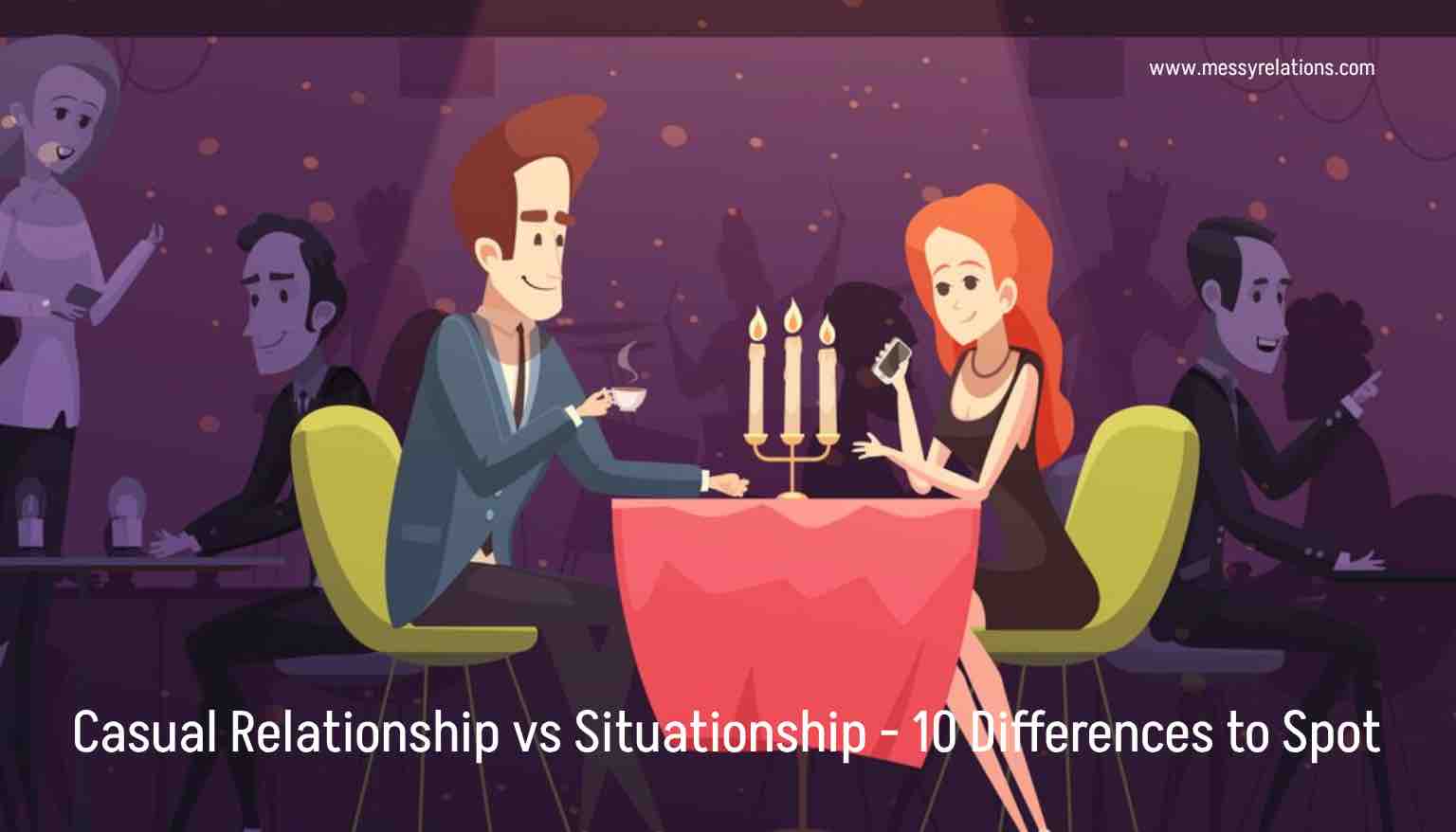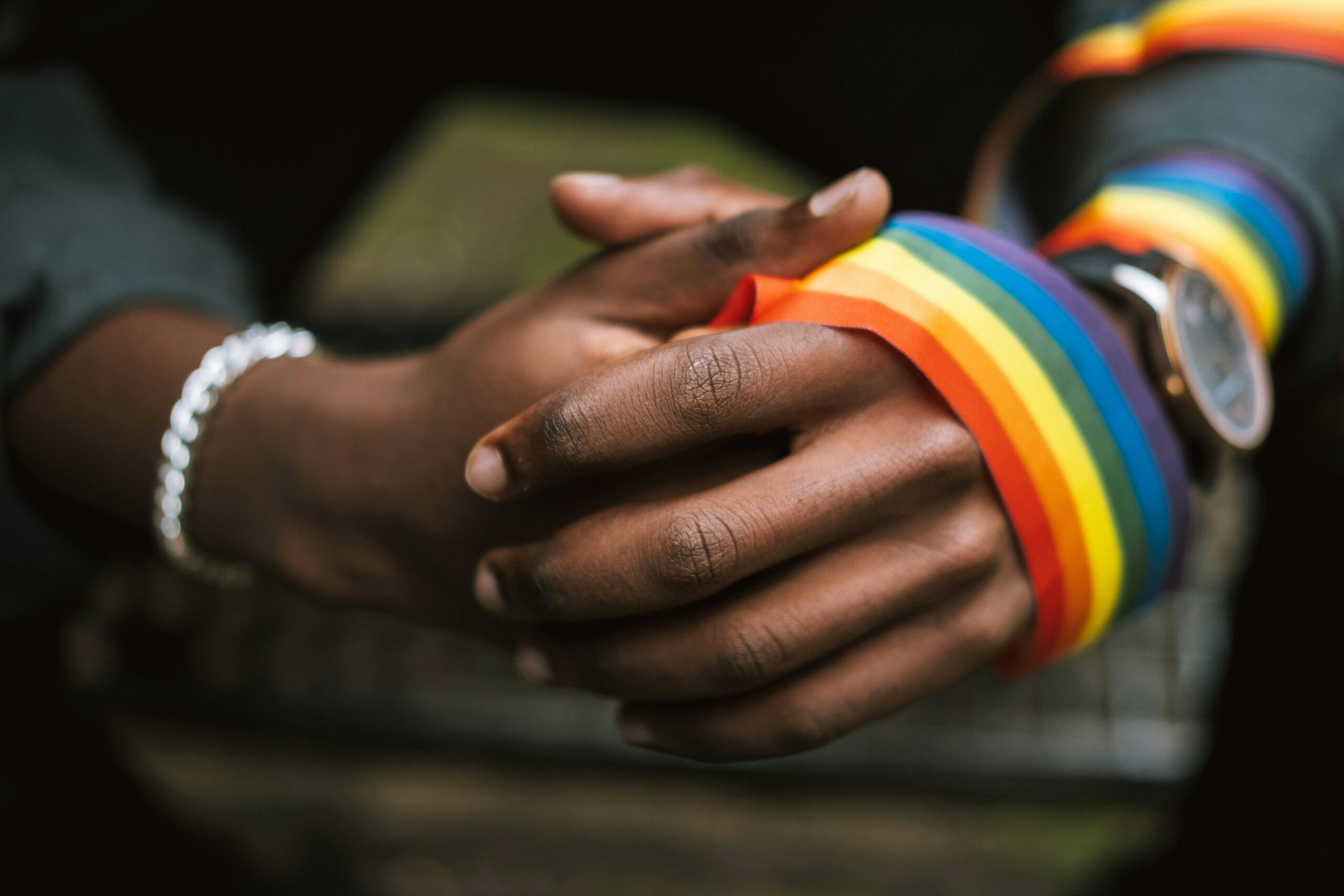What’s in a relationship? Love, trust, companionship? What if we were to tell you that not all close relationships fit the traditional mold? That’s where a term you might have heard comes in – “queer platonic relationship.” Now, hold on a second before you start making assumptions based on the words. This isn’t about gender or sexuality. It’s about redefining the boundaries of intimacy and closeness. Let’s dive deep.
What is Queer Platonic Relationship?
In essence, a queer platonic relationship (QPR) is an intimate, close relationship that doesn’t fit the conventional definitions of romantic or sexual relationships. The term blends “queer,” not in its LGBTQ+ connotation, but as a word meaning “beyond the norm,” and “platonic,” indicating a bond that’s profound yet not romantic in the traditional sense.
The Origin Of Queer Platonic Relationship
The idea of a queer platonic relationship isn’t new. Various cultures have had non-romantic, deep bonding relationships for eons. However, the modern understanding and terminology have evolved alongside discussions about asexuality, aromanticism, and the broader spectrum of human relationships.
How Is Queer Platonic Relationship Different From Friendship?
It’s easy to think, “Isn’t that just a fancy term for best friends?” Not quite. While a queer platonic relationship can resemble a close friendship, it can also involve commitments often associated with romantic relationships – like living together, raising children, or even having a life partnership.
Why Do People Choose Queer Platonic Relationship?
There are multiple reasons someone might enter a queer platonic relationship:
- No Romantic or Sexual Desire: Some people are asexual or aromantic and do not experience romantic or sexual attraction.
- Valuing Emotional Connection: They might prioritize the emotional bond over the romantic or sexual aspect of a relationship.
- Breaking Social Norms: It offers a way to challenge traditional norms around relationships and understandings of intimacy.

Queer Platonic Relationships in Pop Culture
If you think about it, you’ve likely seen versions of queer platonic relationships in movies or read about them in books. It’s the duo that’s inseparable, shares a deep bond, but isn’t romantically involved. As society grows more accepting and understanding, we can expect to see more accurate representations of QPRs in media.
How to Navigate a QPR?
As with any relationship, communication is key. Both parties should discuss their feelings, boundaries, and what they expect from the relationship. It’s also crucial to understand that just because it’s not “traditional” doesn’t mean it’s lesser or invalid. A queer platonic relationship can be just as fulfilling, if not more so, than any other relationship.
What About Challenges?
A queer platonic relationship isn’t without its challenges. Explaining your relationship to others might be tricky. Plus, as with any close bond, there might be misunderstandings or conflicts. Again, communication, understanding, and mutual respect are the anchors.
FAQs on Queer Platonic Relationships
1. What exactly is a queer platonic relationship?
A queer platonic relationship (QPR) is an intimate bond between individuals that goes beyond the confines of traditional friendships but doesn’t necessarily fit the conventional definitions of a romantic or sexual relationship. It’s about a profound connection that challenges traditional norms of intimacy.
2. Is a queer platonic relationship the same as being best friends?
While a QPR can resemble a close friendship, it often involves deeper commitments, such as living together or raising children, which might not typically be associated with just friendships.
3. Why would someone choose a queer platonic relationship over a romantic one?
There are various reasons, ranging from not experiencing romantic or sexual attraction to valuing emotional connections over romantic ones. For some, it’s also about challenging societal norms and embracing diverse forms of intimacy.
4. Can people in a queer platonic relationship date others romantically?
It really depends on the individuals involved and the boundaries they set for their relationship. Communication is key, and each QPR is unique based on the agreements made by the involved parties.
5. How do I explain my queer platonic relationship to others?
Start by expressing the deep bond and commitment you share with your QPR partner. Highlight the essence of the relationship: mutual respect, trust, and the decision to be life partners without necessarily fitting the traditional romantic mold.
6. Is a queer platonic relationship exclusive to the LGBTQ+ community?
No, a QPR isn’t tied to one’s gender or sexual orientation. It revolves around the nature of the relationship and the bond shared, not the identities of the individuals involved.
7. Are there challenges unique to queer platonic relationships?
Like any relationship, a QPR has its challenges. Given its non-traditional nature, explaining it to others or dealing with societal expectations might pose additional hurdles. However, with understanding and communication, such challenges can be navigated.
At the heart of it, a queer platonic relationship is about love, trust, and understanding, just not packaged in the conventional manner we’re used to seeing. It’s a testament to the vastness and diversity of human connections. So, next time you come across the term, remember, it’s just another beautiful way two souls connect and journey through life together.

Hi, I am Ashima Kalra. I have been into blogging since a decade. I have written various articles, blogs for different online magazines all this while. In 2023, I decided to launch my own online magazine on a topic that interests me a lot that is Traditional and Modern Relationships. I’ve always found this area interesting. Every now and then I come across various terminologies when it comes to relationship. Then there are different levels I feel I have crossed in this area. So I decided why not share what I know and learn more from people around the world.




